
One can only imagine the things one might find when packing up a home of 30+ years. Some clients of mine were doing just that after I recently sold their home in Tuxedo Park when they found a treasure! It was a VHS tape about the history of Tuxedo Park that had been lost to history due to the fact that it was created before the internet endowed all media an eternal shelf life. Knowing my interest in all things Buckhead, the family has allowed me to share it with our audience at Buckhead.com.
The moment one drives into Buckhead’s Tuxedo Park neighborhood it is clear that this is a very special and beautiful place. How did Tuxedo Park come to be and what is the story behind it? That is what this video from 1995 aims to chronicle.

The video was conceived and produced by Dodie Stockton, the granddaughter of Tuxedo Park’s founder Charles Black who was inspired to document her family roots and the story of Tuxedo Park for her children. “I began to think about my childhood in Tuxedo Park and what an incredible life we had” says Dodie who was born into the neighborhood in 1934.
And what a childhood she had! Dodie grew up with the world-famous golfer Bobby Jones as a next-door neighbor on Tuxedo Road. She later went on to become a champion golfer until her passing in 2016 at the age of 81. Her other lifelong passion for horses was inspired by the many happy days she spent at the “Tuxedo Hunt Club.” This equestrian club was conceived by her grandfather to create a “fashionable equestrian facility for his family and friends to enjoy their love of horses and to create a social headquarters for prospective buyers of his horses… and his houses.”
“I had friends that I rode with every Saturday morning and one of the highlights of our whole week was to hook the ponies up to pony carts and we would drive down Blackland Road and drive into Buckhead in the pony carts, tie the ponies up behind the grocery store and go to the Buckhead Theater and spend the afternoon at the movies.”
The video does a wonderful job of telling the founding story behind Tuxedo Park from a direct family member of the founder.
“My grandfather was Charles H. Black Sr. He took great pride in telling his version of the acquisition of 600 acres north of Atlanta. He had lost a large sum of money in the Florida real estate market and returned to Atlanta in 1911. He borrowed a Cadillac automobile and a chauffeur and he went and got his banker friend and took him to ride and borrowed the money to purchase 600 acres which was a little bit north of Atlanta. He lived on that 600 acres all of his life and the 600 acres became Tuxedo Park.”
Charles Black Jr. joined the family development business as a builder in 1923. He constructed a large Tudor home for his family to demonstrate to potential clients what he was capable of building. This home is still standing at 225 Valley Road at the corner of Tuxedo Road.
Over time, he assembled a team of craftsmen, artisans, and landscapers to build the finest homes of that time. Tuxedo Park soon became the neighborhood of choice for the wealthy families of the day and it remains so to this day.
Much of the rest of the video goes on to chronicle the story of prominent families and estates that are still landmarks today. The people and families discussed include the Nunnallys, the Blacks, The Bobby Jones family (who soon married into the Black family next door), the Woodruff family, and 3 generations of the Monroe family who were legendary landscape architects for many of the estates. The video also includes shots from the Tuxedo Park Valley Road Book that depict significant estates such as Whitehall, Wincrofte, Montevallo by architects such as Phillip Schutze and Frazier & Bodin.
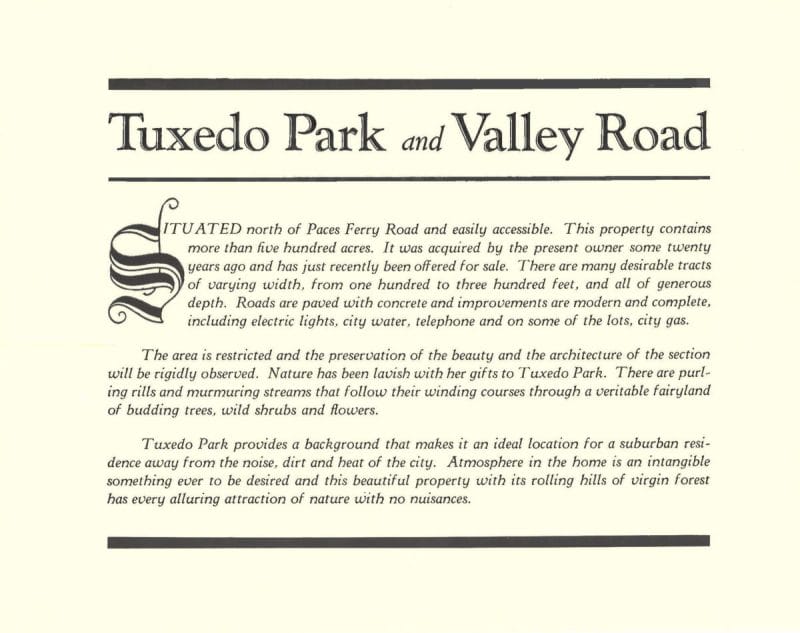
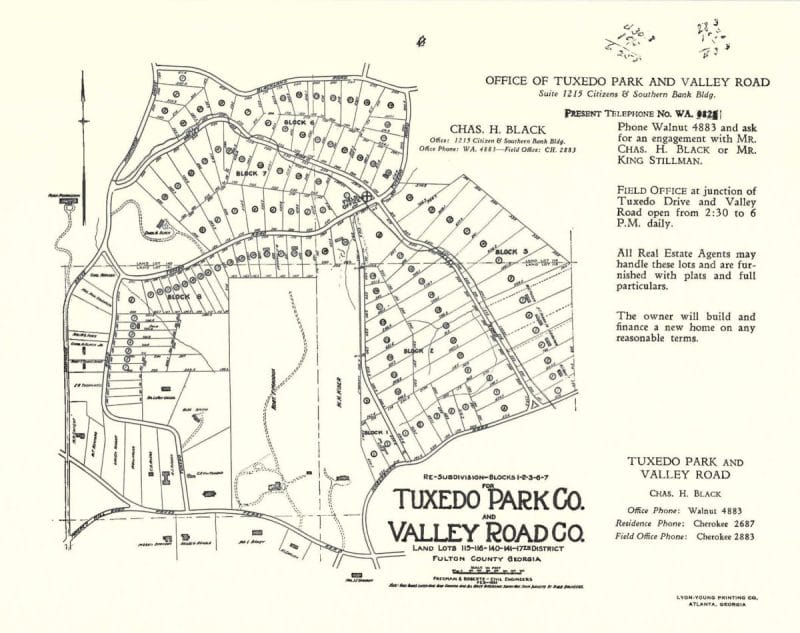
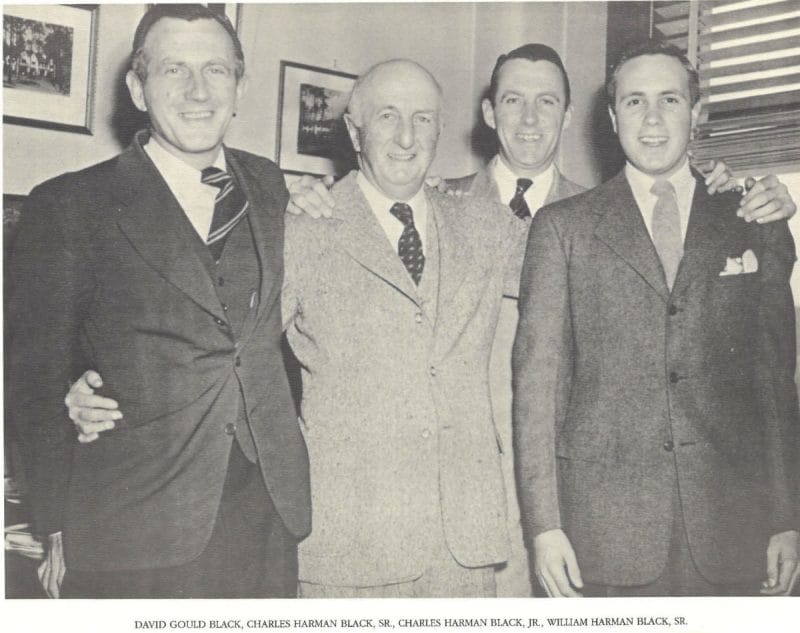


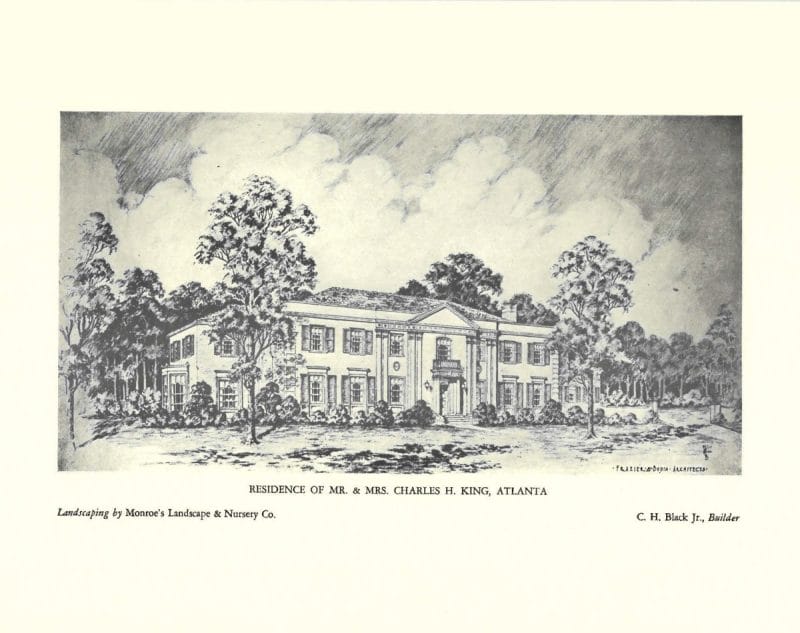
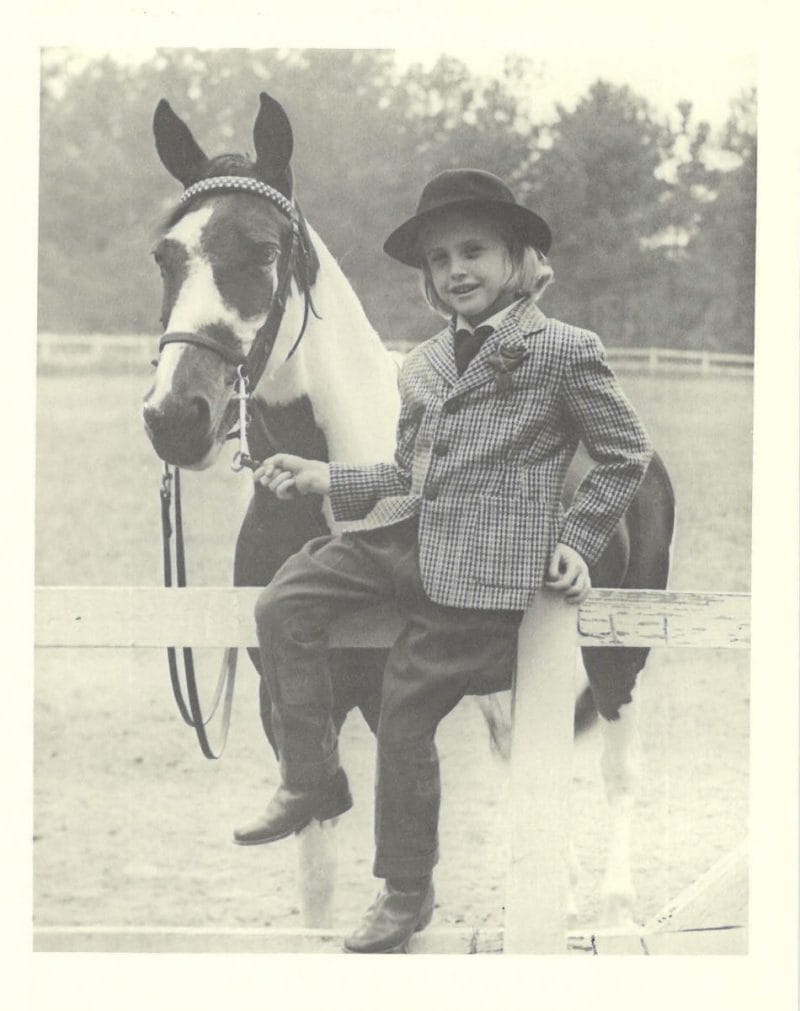

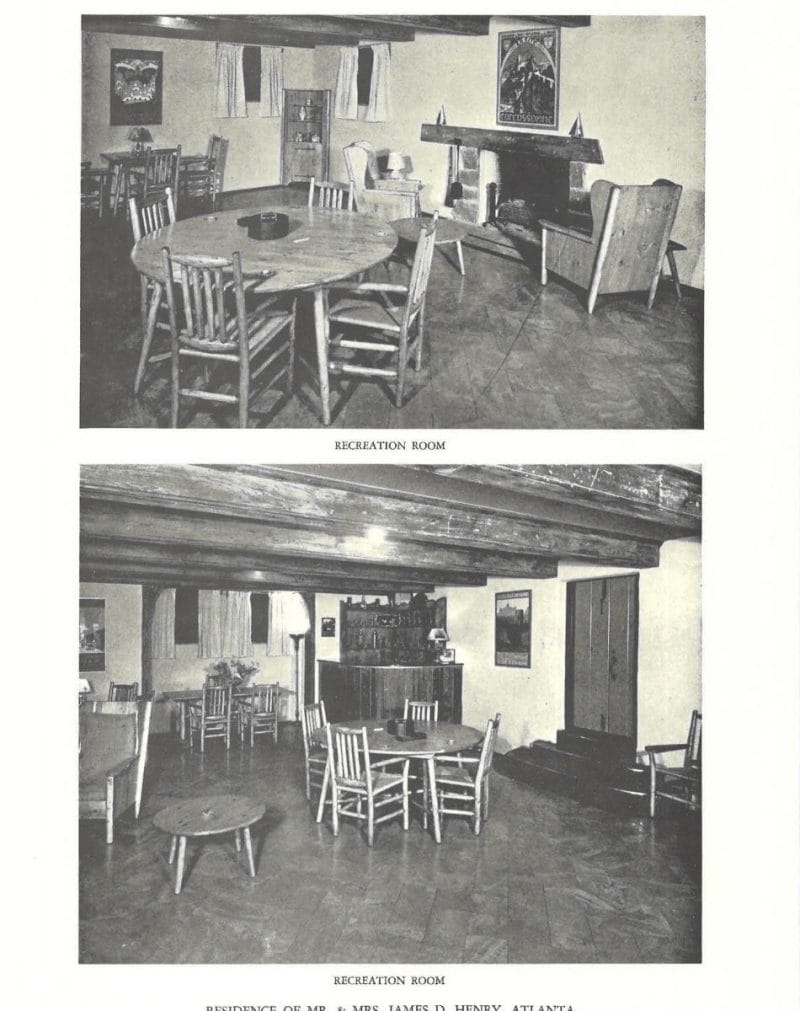

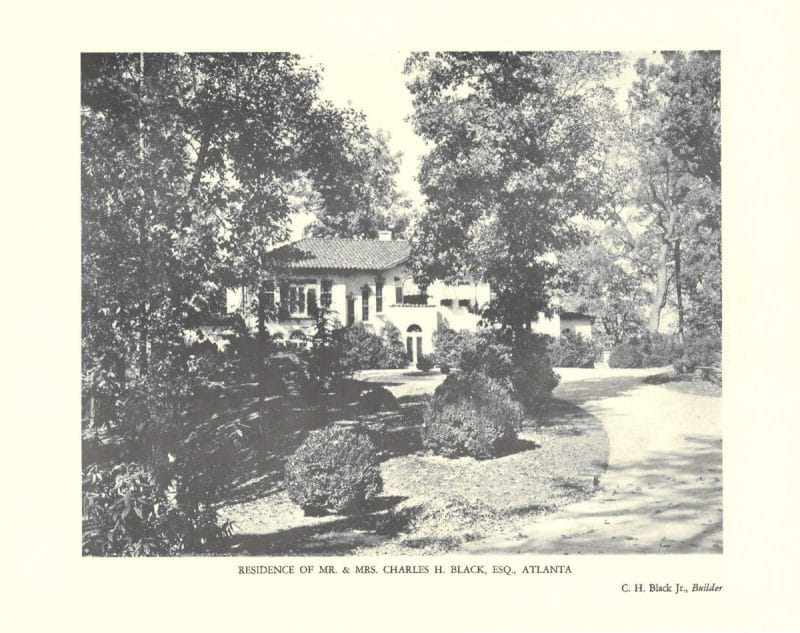
Dodie concludes the video on a high note. “I’m a very, very blessed person to have the family that I have had and to have the life that I had and to be brought up in Tuxedo Park was such a special, special thing in my life.”
Thank you, Dodie, for putting together this video to bring the history of Tuxedo Park to life through your memories. We hope your children and grandchildren stumble across the video soon and remember you fondly. I know you made it for them.
A staple of Chastain Park since its opening in 1994, Horseradish Grill is set to undergo some significant changes under new ownership. ASH Ventures, led by Andy Heyman, is buying the romantic Southern dining restaurant from current owner Steve Alterman who will continue to run the business through the end of the year. Atlas chef Christopher Grossman and general manager Geno Drew have been enlisted to breathe new life into the neighborhood eatery. The team hopes to update the concept without compromising the historic charm of the business and desires of the vibrant community that surrounds it.
“You’ve got a really interesting and diverse community which is highly pedestrian now in terms of enjoying Chastain Park,” explained Heyman who has been a fan of Horseradish Grill for more than 20 years, ever since he first tried their signature fried chicken. “Our goal is to create one of the greatest neighborhood restaurants in the country that can be relevant for the next 25 years just like Steve Alterman did over the last 25 years.”
The site where Horseradish Grill sits today has seen several iterations of business concepts through the years, including a tiny two-pump gas station and small grocery store. Originally the site hosted a country store started by farmer John Adam Langford who bought up 200 acres of land in what is now Chastain Park where he planted corn, cotton, sorghum cane, and orchards full of fruit trees. He then built a small shop there for selling his canned goods and produce, but Langford’s leniency with lines of credit ultimately led to the shop’s demise and closure in the 1930s. Soon thereafter the original building was demolished during the widening of Paces Ferry Road.
Years later, another member of the Langford family opened a small grocery store at the site operating in the area that is now the bar of the restaurant. In those days the grocer was known for selling hot dogs and hamburgers. The shop came under the ownership of several other businessmen throughout the years before owner Bill Daly who operated Daly’s Health Club Downtown purchased the site and capitalized on the influx of diners who visited after playing rounds of golf in the adjacent Chastain Park Golf Course. Under Daly’s leadership the business– at the time called the ‘Red Barn Inn’ and decorated with trappings of equestrian barns– truly began to flourish.
Changing hands yet again, the restaurant was purchased by Stefan and Kirsten Popescu after Daly’s death in the 1960s. The Popescues embraced many of the designs and aesthetics of Daly’s Red Barn Inn, maintaining its historic charm until they sold the restaurant to Steve Alterman in 1994 who renamed it Horseradish Grill.
With Alterman’s guidance Horseradish Grill has established itself as one of Buckhead’s most esteemed restaurants known for elevated, elegant Southern cuisine. Beginning in early 2020 the restaurant is set to undergo another evolution as the team at ASH Ventures seeks to modernize the restaurant and the dining experience for its patrons.
Though the exact changes in store are yet to be revealed, Heyman was able to confirm that the building itself would not be added onto or removed from the site. His goals include enhancing the connection between interior and exterior dining spaces, providing a better flow to the restaurant, and aiming to “serve the community really from the time they wake up until the time they go to bed,” which means more breakfast and take-out options. Alterman will stay on as an investor, offering his 25 years of insight and wisdom during the venue’s transformation.
